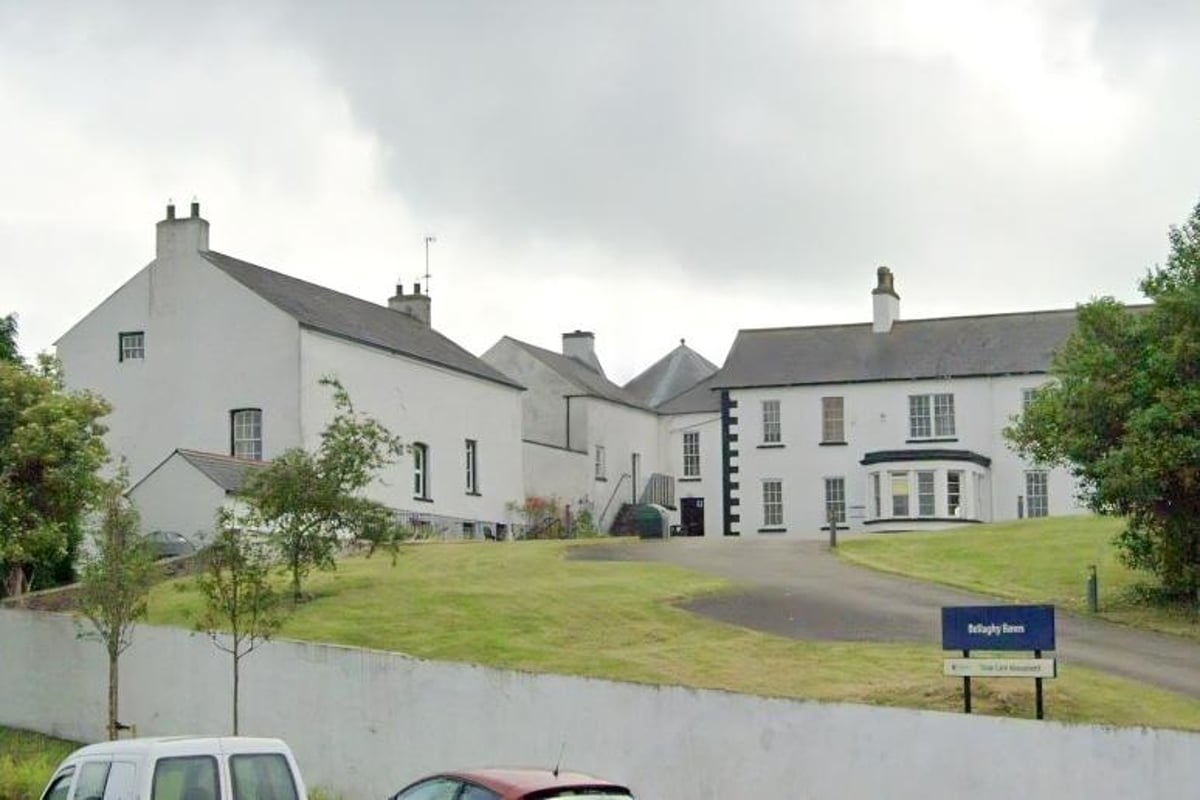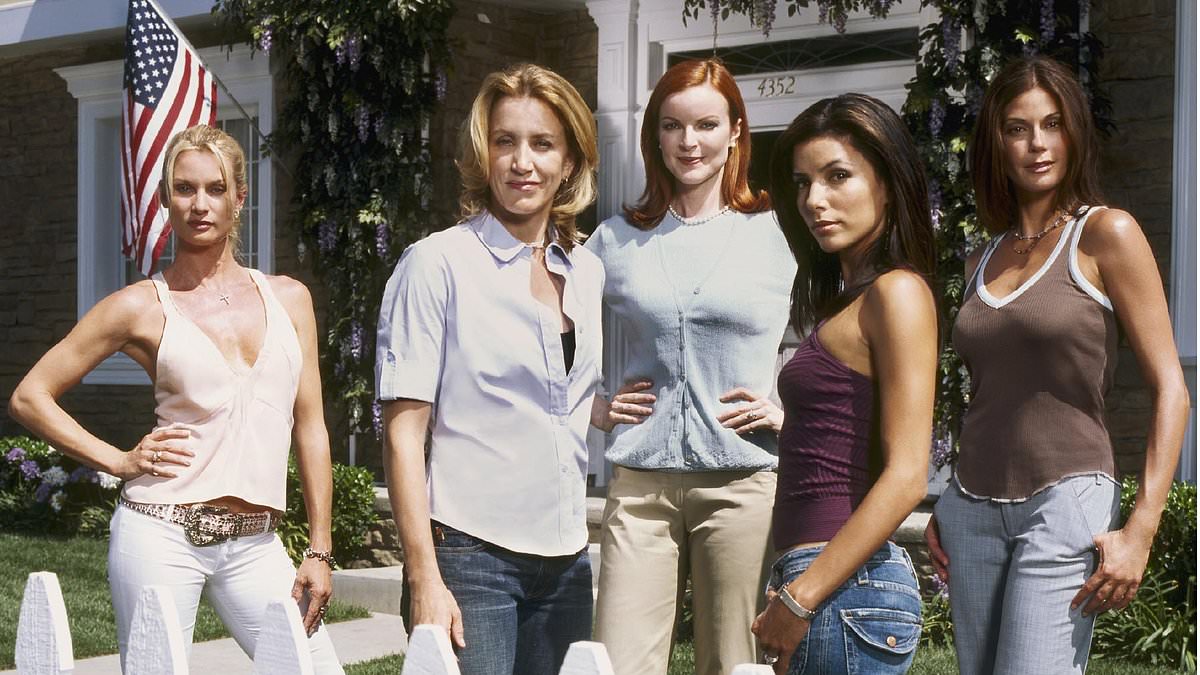By François Vincent and Local Democracy Reporter,François Vincent, Local Democracy Reporter
Copyright northernirelandworld

The Writers’ Residency will consist of seven self-catering, short-term residential units through the refurbishment and alteration of the Listed Bellaghy Bawn and ancillary buildings at 27 Castle Street, Bellaghy. The scheme will involve a change of use through the refurbishment and interior fit-out of five existing ancillary outbuildings; the refurbishment and extension of an existing ground-floor residential unit and the refurbishment of a duplex two-storey apartment; minor interior alterations to the main Bawn house; and the introduction of an external platform lift and ramped access for disabled access. The planning application was lodged by the Department of Finance (Construction & Procurement Delivery), on behalf of the Department for Communities (Historic Environment Division). Mid Ulster District Council’s Planning officers explained that the site is of historical value, which is why, as a Listed building, Planning consent was also required alongside Planning permission. They stated: “The original bawn burned down during the 1641 Irish Rebellion and was rebuilt in 1643, and has received extensions since. It became a museum in 1996. “The modern-day bawn was constructed in the 18th century, incorporating the original south-east flanker tower. In the south-west, there is a brick tower. “The bawn is a Grade B+ listed building, and is also a State Care Monument. “The site currently consists of a main house (the Big House), a round tower (Flanker) attached to the south-east corner, two three-storey detached dwellings to the north-east (Wee house/Robinson house and Craig’s house beyond), all forming a courtyard, with sections of the original wall remaining. “There is a series of single-storey outbuildings to the south-east attached to the round tower overlooking a cobbled courtyard. “The proposal includes the change of use of a long linear outbuilding set to the rear of the bawn. This building will accommodate five of the seven proposed self-catering units. “The existing outbuilding is separated into a number of smaller individual units which are currently used as display areas, toilets and stores. “The proposal also includes the refurbishment and extension of the ground-floor residential unit within the side building, known as the ‘Wee House/Robinson House’. “The ground floor of this part of the building is referred to as ‘Robinson House’ and has a floor area of 27m2, while the first and second floor is referred to as the ‘Wee House’. “The proposed project will develop Bellaghy Bawn into a Writers’ Residency, with seven self-catering units in the outbuildings and the Wee/Robinson House structures, and a communal space in the Big House that can be used by writers and the general public. “The new facilities will enhance and complement the current programme of activities that takes place in [nearby] Seamus Heaney Home Place, as well as enhancing the visitor experience at Bellaghy Bawn. “The project aims to create a residential experience and working space for writers, to enable them to leave behind the noise of everyday life to focus on their writing in a creative environment, where they can connect with like-minded individuals.” Lending support to the planning application was Chair of Bellaghy Development Association, Brian Muldoon, who wrote: “I am writing on behalf of Bellaghy Development Association to offer our full support for the development of a Writers’ Residency at Bellaghy Bawn. “We acknowledge the indispensable role it will serve in fostering creativity, promoting literacy, and advancing the literary arts within our community and beyond. “In addition to its immediate benefits to writers and readers, the Writers’ Residency, in conjunction with Seamus Heaney HomePlace in Bellaghy, will contribute significantly to the economic and cultural vitality of the area. “Literary tourism, festivals, and various events attract visitors and generate revenue for local businesses. It will enhance the community’s cultural standing, rendering it an attractive destination for writers, fans of the arts and cultural tourists.” A Heritage Impact Assessment highlights the historical significance of Bellaghy Bawn as a unique link to the 17th century. The report states: “Bellaghy is one of the towns established in the newly-created county of Londonderry, having been mapped and divided by King James I as part of the 17th century Plantation. “The bawn presided over the newly-built village, comprising in 1622 of 15 houses, a church and a double-wheeled watermill. It is therefore a hugely significant part of the overall story of Bellaghy and the development of the village. “Bellaghy is one of the best preserved and finest examples of its type in the country, and is therefore of high heritage value and group interest. “It is a physical link to the 17th-century plantation village, preserving the connection with the village layout. No other 17th-century structures are known to survive in Bellaghy. “The Big House provides opportunities for exceptional Living History experience, interpretation and public access, to explain and illustrate multiple periods of history that are relevant to the location, and wider landscape. “Not only is the building in itself a highlight and tool for bringing this era to life, but it also provides space to display artefacts and deliver understanding of other plantation sites.” The recommendation to approve the planning application was proposed by Sinn Féin Councillor Donal McPeake at the latest Planning committee meeting, and seconded by Ulster Unionist Councillor Trevor Wilson.



